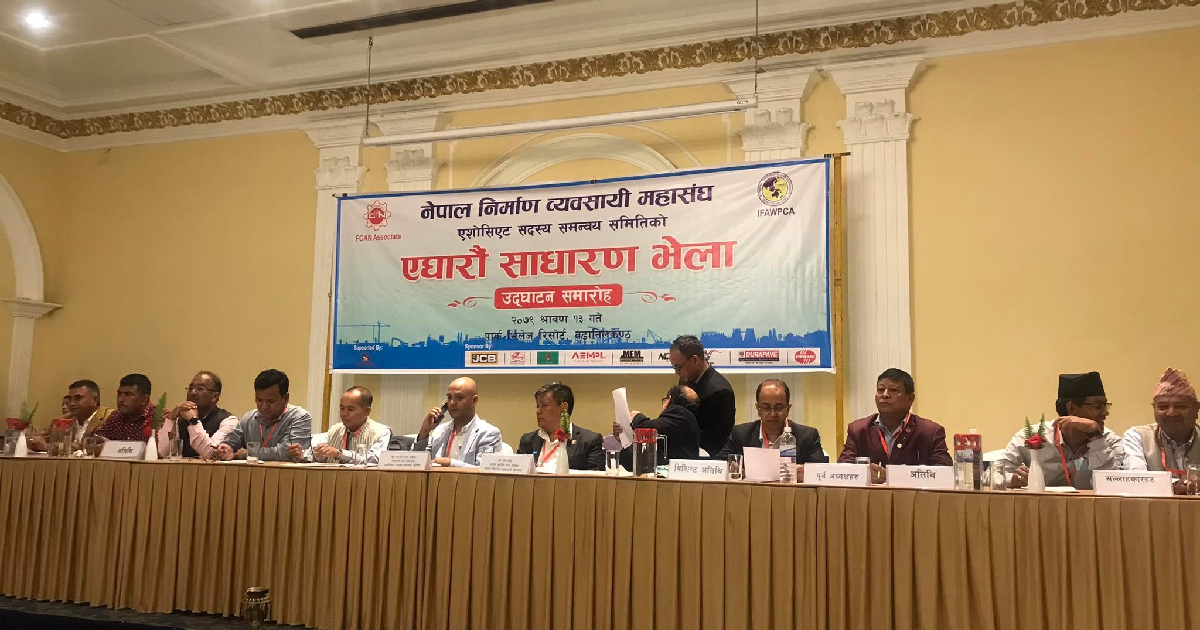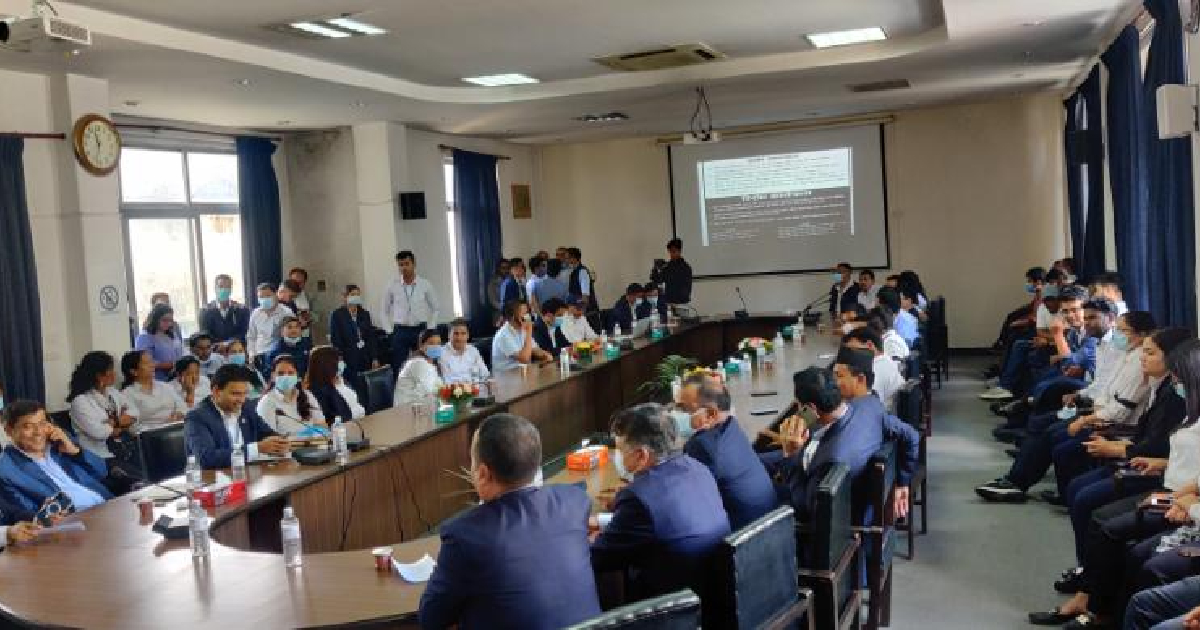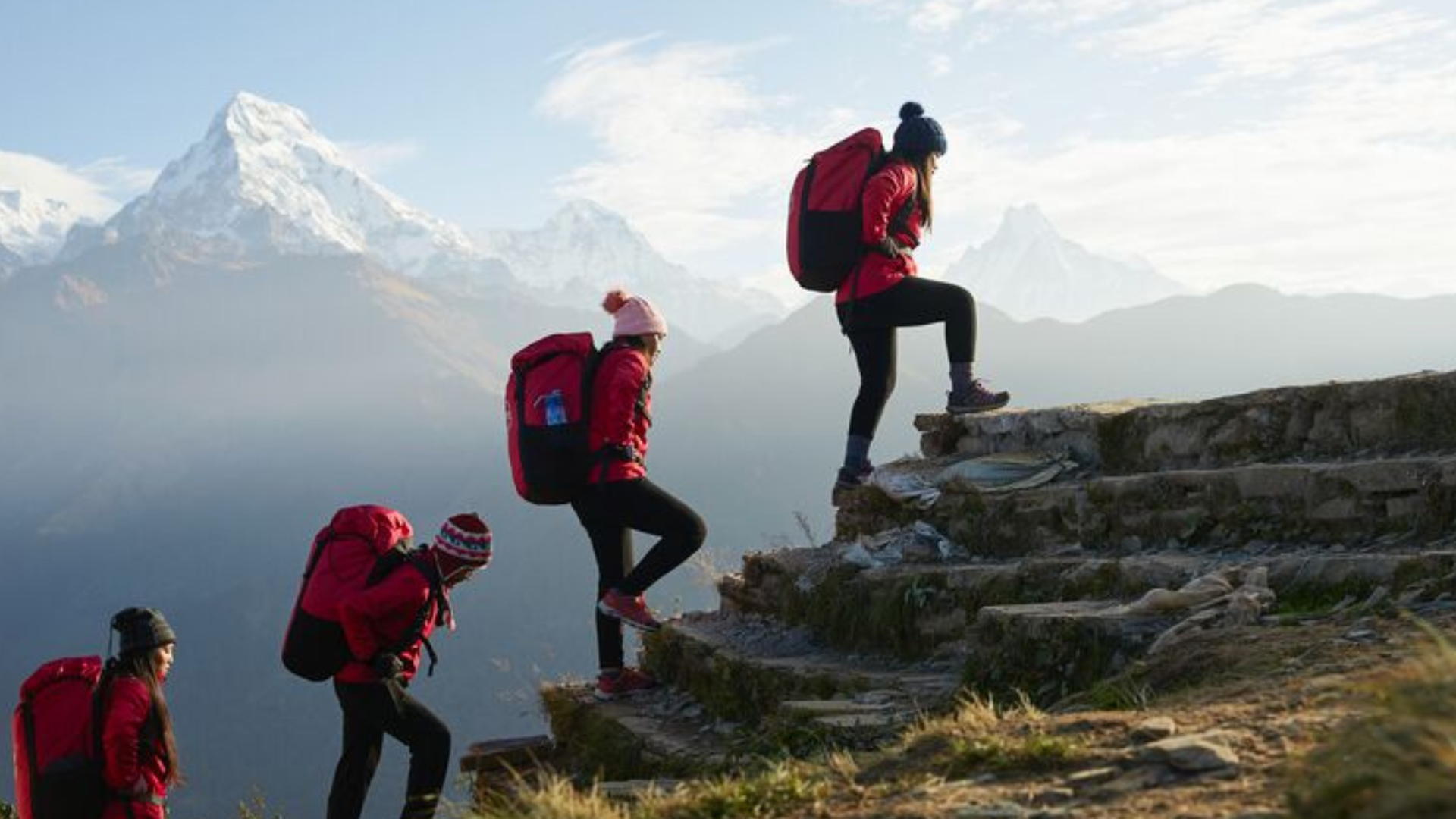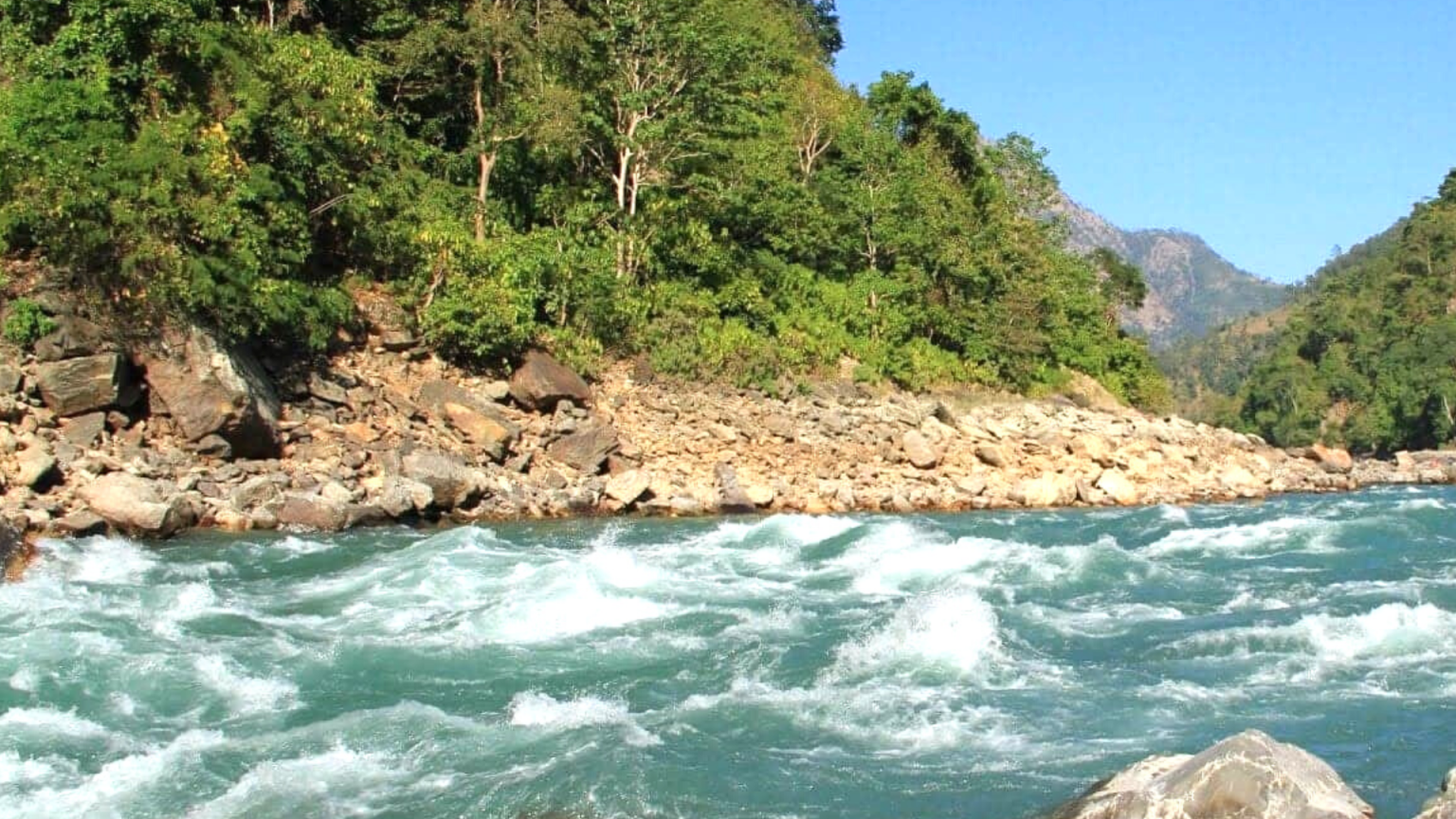

Steve Chorley is the Vice president (operations) of Robbins Company which builds Tunnel Boring Machine (TBM) under its brand name. Chorley recently visited Nepal to observe the launching event of TBM tunneling in the Sunkoshi-Marin Multipurpose Project in the Sindhuli district. He is impressed by the performance of TBM to speed up the implementation of the Bheri-Babai Project and hoped that the Sunkoshi-Marin Project will also be completed in time. He suggests that the Nepal government prioritize using TBM to ensure fast delivery of roads, hydropower projects, and other critical infrastructure projects. He talked in detail with Bhim Gautam of nepalinfrastructure.com about the TBM, and its Benefits for use in infrastructure development in Nepal.
The era of Tunnel Boring Machines (TBM) started in Nepal to put infrastructure project development as a high priority. You visited the Sunkoshi-Marin project site which is using TBM after Bheri-Babai Project. How are you assessing the prospect of using TBM technology in Nepal?
I am impressed by the successful operation of TBM in Nepal. I found the professionalism of all people working on the project site here in the Sukoshi-Marin Project. As Nepal is embarking on the infrastructure development phase, the use of TBM holds huge potential in the country. It is high time for Nepal to use TBM to achieve fast delivery of infrastructure.
Use of Robbin’s TBM in national pride projects -Bheri-Babai Irrigation Project, and Sukoshi-Marin Multipurpose project, is a matter of pride for us also. We have learned some lessons from the first operation of TBM.
Robbin’s TBM has been used in Nepal’s national pride projects. Do you see any difference in the use of TBM in these two projects?
Robbin’s TBM came to Nepal first time in 2017 heralding the age of TBM in Nepal, which is making efforts to speed up infrastructure delivery. The use of Robbin’s TBM in national pride projects Bheri-Babai Irrigation Project, and the Sukoshi-Marin Multipurpose project, is a matter of pride for us also. We have learned some lessons from the first operation of TBM. Before bringing huge technology like TBM, we need to train people working on the project. The second time, we have more human resources for the TBM as compared to the first one. First TBM was successfully operated and shortened the project implementation time significantly.
How are you confident that the second operation of the TBM will also be successful?
We have more skilled people to operate the TBM unlike in the past when we faced a scarcity of such manpower. We have the right time, the right people, and the right machine to use in the project. We are confident that the second project will also be implemented successfully. We should also take the opportunity to use lessons learned in the earlier project in this project.
As Nepal is a hilly country, I would suggest that the Nepal government give high priority to using TBM to reduce the road length so that cost and time for the construction of roads can be saved.
What is your responsibility during project implementation?
Tunneling is not an easy task. It needs expertise. We have felt our responsibility to transfer technology to contractors and local technicians so that they can independently apply this technology in other future projects as well. We will be with the project team until the project is completed to ensure that technical problems could be resolved without delay. We are happy to share our knowledge, experience, and experience for the successful operation of the project.
How does Nepal utilize TBM in road construction which is very difficult due to difficult geographical conditions?
As Nepal is a hilly country, I would suggest that the Nepal government give high priority to using TBM to reduce the road length so that cost and time for the construction of roads can be saved.
But technicians say that TBM technology is expensive. What do you say?
Robbins company’s machines are operational since 1957. The TBM technology might be a little bit more expensive compared to conventional road construction technology. But in the long run, a nation can reap benefits due to reduced construction costs as well as the saving of fuel due to shortened length of the roads.
What is your plan to expand Robbin’s market in Nepal?
I have seen many prospective infrastructure projects including irrigation and road projects where TBM can be used for speeding up implementation. Even in hydroelectric projects, we can use TBM. Multipurpose projects are those which can take the maximum benefits of TBM technology. Hence, I have seen the huge potential of expanding our business in Nepal. The TBM can also be used for the construction of sewage systems, drinking water projects, and mining operations as well. We have developed specialized boring machines for special purposes.
Robbins is a specialized company for boring tunnels in difficult terrains and rocky hills. I would estimate that more than 90 percent of boring work is performed by our machines.
What is the market share of Robbins company across the world?
Robbins is a specialized company for boring tunnels in difficult terrains and rocky hills. I would estimate that more than 90 percent of boring work is performed by our machines. We have experience in working other mountainous countries like Chile and Peru. We can apply the lesson learned in these countries which have similar geography.
What type of technology is TBM? How can you compare it with conventional technology?
TBM technology is far better than the traditional drill and blast method of making tunnels. Though TBM technology’s initial cost is a little bit higher, it pays off in the long run because it not only saves time and money but also ensures a better-quality tunnel. TBM in normal geological conditions can advance up to 100 meters of tunnel boring per day which is impressing performance in tunnel construction. If a nation uses such high-efficiency TBMs, infrastructure development can be accelerated for overall economic benefits.










